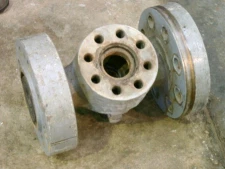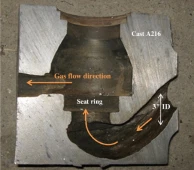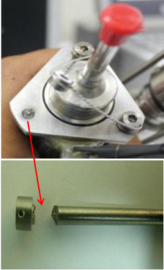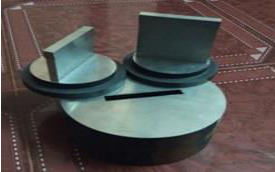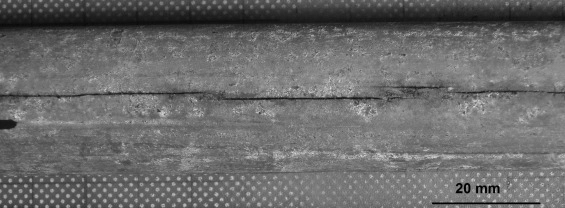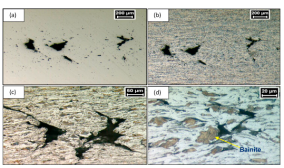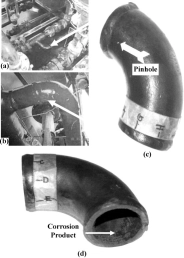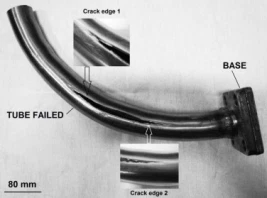 An article about a Case study of failure analysis published in « Case Studies in Engineering Failure Analysis« , July 2013.
An article about a Case study of failure analysis published in « Case Studies in Engineering Failure Analysis« , July 2013.
A high pressure oil tube with nominal diameter 50.8 mm and nominal thickness 4 mm has prematurely failed with a longitudinal crack. The failure was detected after 11 months of operation. The tube is part of the hydraulic power unit of an off shore oil and gas platform. The maximum designed internal pressure was 20 MPa and the service temperature was 25 °C with no significant variation. In practice, the internal pressure varies from 16 to 20 MPa under operation, and shutdowns rarely occur.


